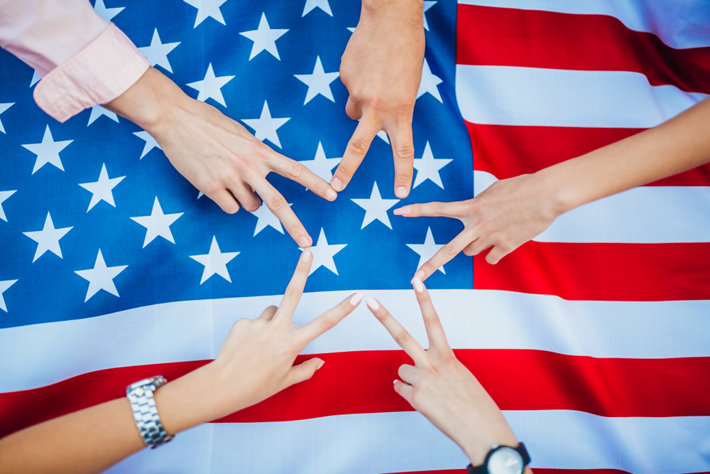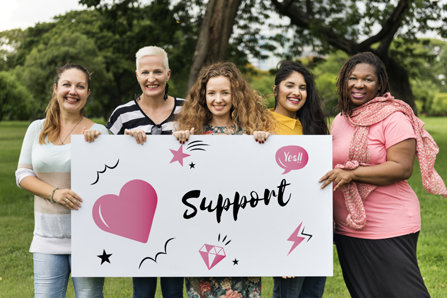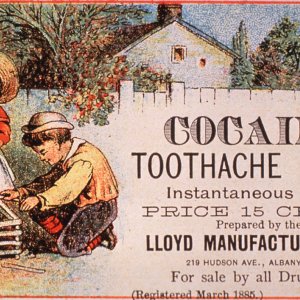How Can We Mobilize to Reduce the Opioid Epidemic?

In light of what may be the country’s worst substance abuse epidemic, the American people look high and low for answers on how they can do their part to resolve the addiction crisis. This is especially true if they had addiction touch their own life or the life of someone they cared about.
You can go online and find hundreds if not thousands of web pages that talk about what the individual or what the household can do to address the drug problem. But one thing you rarely hear about is how communities can come together to discuss the drug problem. About how people can mobilize as a group to combat an addiction crisis. Such is almost unheard of. Yet our greatest strength is in our numbers.
If you look back over history, our most incredible accomplishments have only been achieved after a massive mobilization of real people who wanted a practical solution to a problem and who made it so. Two examples demonstrate this. The Environmental Protection Agency was only established in 1970 because the American people demanded it. And if we rewind the clock just a few years earlier than that, the Civil Rights Movement only won its terms because people mobilized and demanded change.
So how can we do the same in addressing the worst drug addiction crisis our nation has ever seen? Read on for some ideas.
Support Non-Profit and Federal Research Groups

Non-profit groups which campaign in the public sector for better addiction treatment, more awareness of the drug problem, and a bolder focus on addiction should be supported. And we should also support the federal branches which are responsible for researching the drug problem so we can do something about it.
The following organizations can always use funding and volunteer support. Some even invite interested parties to set up chapters in their own towns. Each one of these groups has a slightly different message and mission, but all are united under the same flag of a drug-free America:
- The U.S. Substance Abuse and Mental Health Services Administration
- The Drug Policy Alliance
- The National Institutes of Health
- Mothers Against Drunk Driving
- National Development and Research Institutes
- The U.S. National Libraries of Health
- State and Municipal Health Departments
- The National Institute on Drug Abuse
- The Foundation for Alcoholism Research
- The National Institute on Alcohol Abuse and Alcoholism
- To Write Love on Her Arms
- The Foundation for a Drug-Free World
- Shatterproof
- Helping Others Live Sober
- 100 Pedals
Organize Prevention Efforts Within Schools

In my view, our school system is the single greatest and yet most untapped resource for curbing the spread of drug use among our youth. Schools are the number one place where young people gather for the most time throughout their formative years, yet almost nothing is being done in the schools to educate teens and adolescents on the risks and dangers of drug use.
A place to start would be to make drug education a mandatory part of educator training. If our nation’s educators were taught about drugs and the drug problem, they could pass that valuable information onto students. Furthermore, a natural part of any educator’s role is their own continuing education. As the nation’s drug problem evolves, educators should be required to garner continuing education credits in drug abuse and addiction, so they can provide students with current and relevant information on this subject.
We need to petition for the implementation of policy in schools that makes drug education mandatory. This would be a considerable mobilization effort with nearly incalculable benefits. One of the top reasons that kids experiment with drugs is because of peer pressure and an inherent lack of understanding of the risks involved. If kids knew the risks, they’d be far less likely to succumb to peer pressure.
Time well spent would be to brainstorm ways that you can mobilize within your community to petition your local township or county government for better approaches to addiction crises in your area. While we can’t leave addressing the drug problem solely up to any level of the county, state or federal government, the laws, policies, strategies, and funding that the government is using to address the drug crisis will ultimately make a big difference. If we can vote on this, starting local and working our way up, we can make our voices heard.
Lead by Example
Setting a good example carries with it more merit than we give it credit for. But it’s not enough merely to establish an excellent standard within your own home, though that is a start. We need to mobilize as united communities who have taken a pledge to stay sober and drug-free. We already do this in our homes—we need to make this known within the community as well.
There is much that we can do, within our own homes. Mother of a young child? Set up playgroups that involve discussion about the harmful effects of drugs and alcohol. Parent of an older child or adolescent? Work within the community to create “parent-and-youth” groups built on a focus of abstinence and drug education.
There are entire groups formed purely from sober living. Their ranks are filled with recovering addicts and non-addicts alike. It’s indeed a mixed group of good-natured people who want to send the message out that, “Hey, we are staying sober, no matter what. Why don’t you do the same?”
Closing Words – Together We Can Make a Cultural Change
I’ll leave you with these closing words from Professor Noam Chomsky, sampled from various parts of his lecture on the War on Drugs. The flaws of the War on Drugs is his main message, but his message on prevention and treatment and his analogy to the reduction in tobacco consumption is genuinely relevant. See the link for a full video clip on his lecture:
“Let’s take a look at the War on Drugs. It’s been declared probably 20 times in the last 20 years or so. Every couple of years it’s declared. But the most cost-effective way of doing it is prevention and treatment. That’s the way one of the worst drug problems has been handled. Tobacco. It was handled pretty well with cultural change.”
We should do our best to not only stand united as a people to end the War on Drugs, but we should hold together as a mobilized, national community in focusing on prevention and rehabilitation. Cultural change, as in creating a society that merely elects not to use drugs is going to be the key.
We have to raise awareness of the drug problem, get people educated about it and insist that those afflicted receive professional treatment for their habit—not incarceration and punishment.
Sources:
- https://www.drugabuse.gov/about-nida/legislative-activities/testimony-to-congress/2017/federal-response-to-opioid-crisis
- https://www.youtube.com/watch?v=Q-JX0yXDlh8
Reviewed and Edited by Claire Pinelli, ICAADC, CCS, LADC, RAS, MCAP


 ®
®